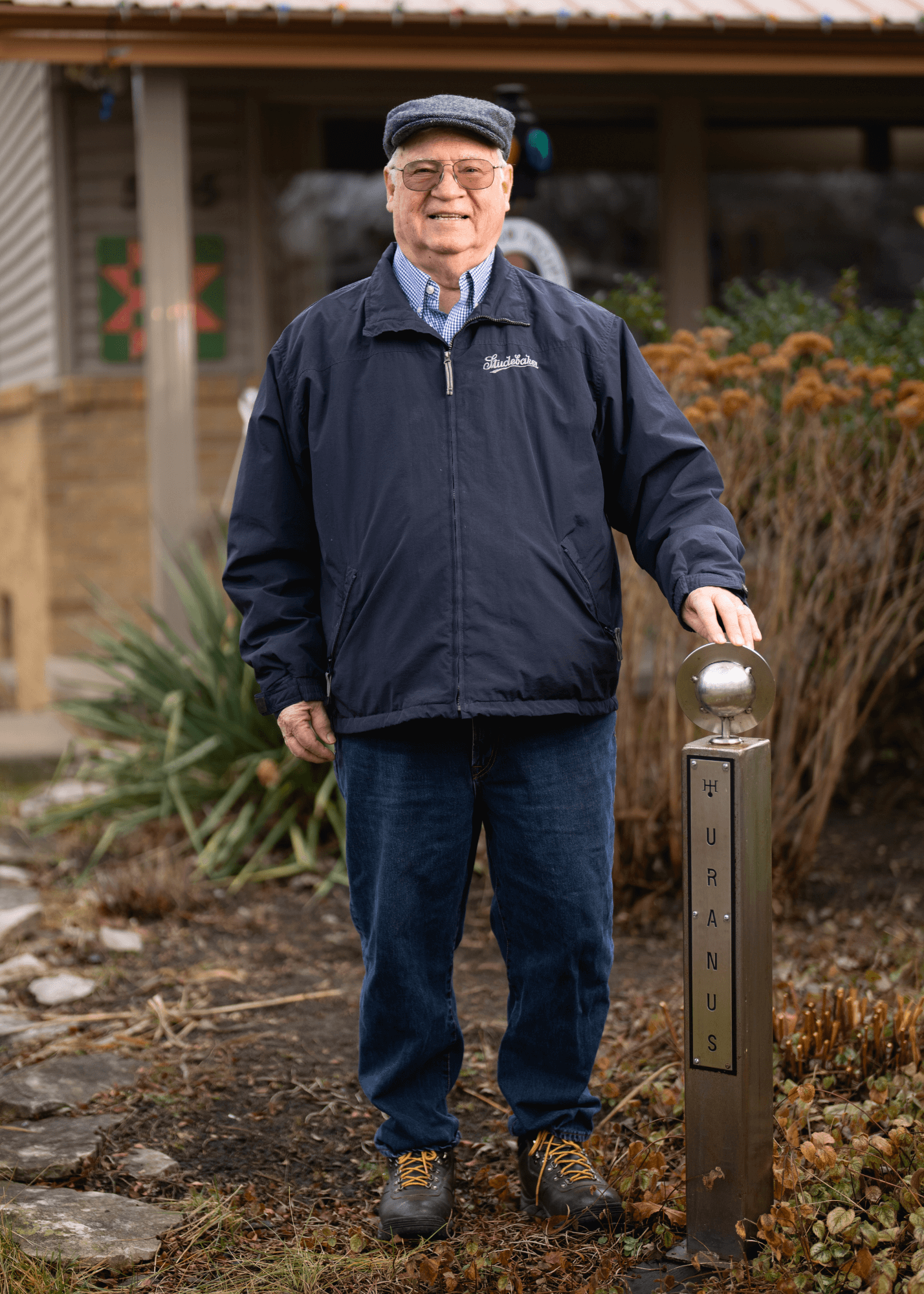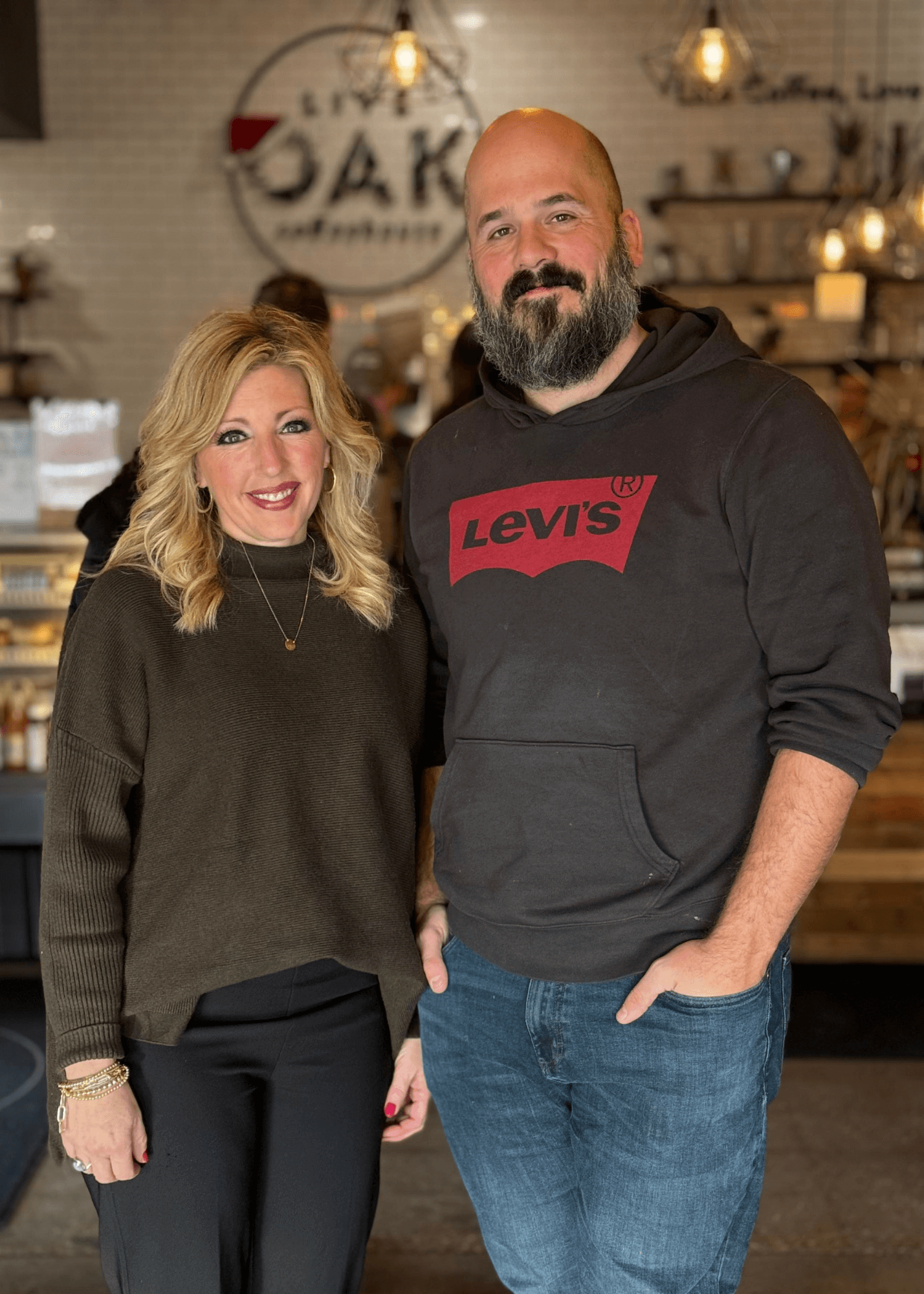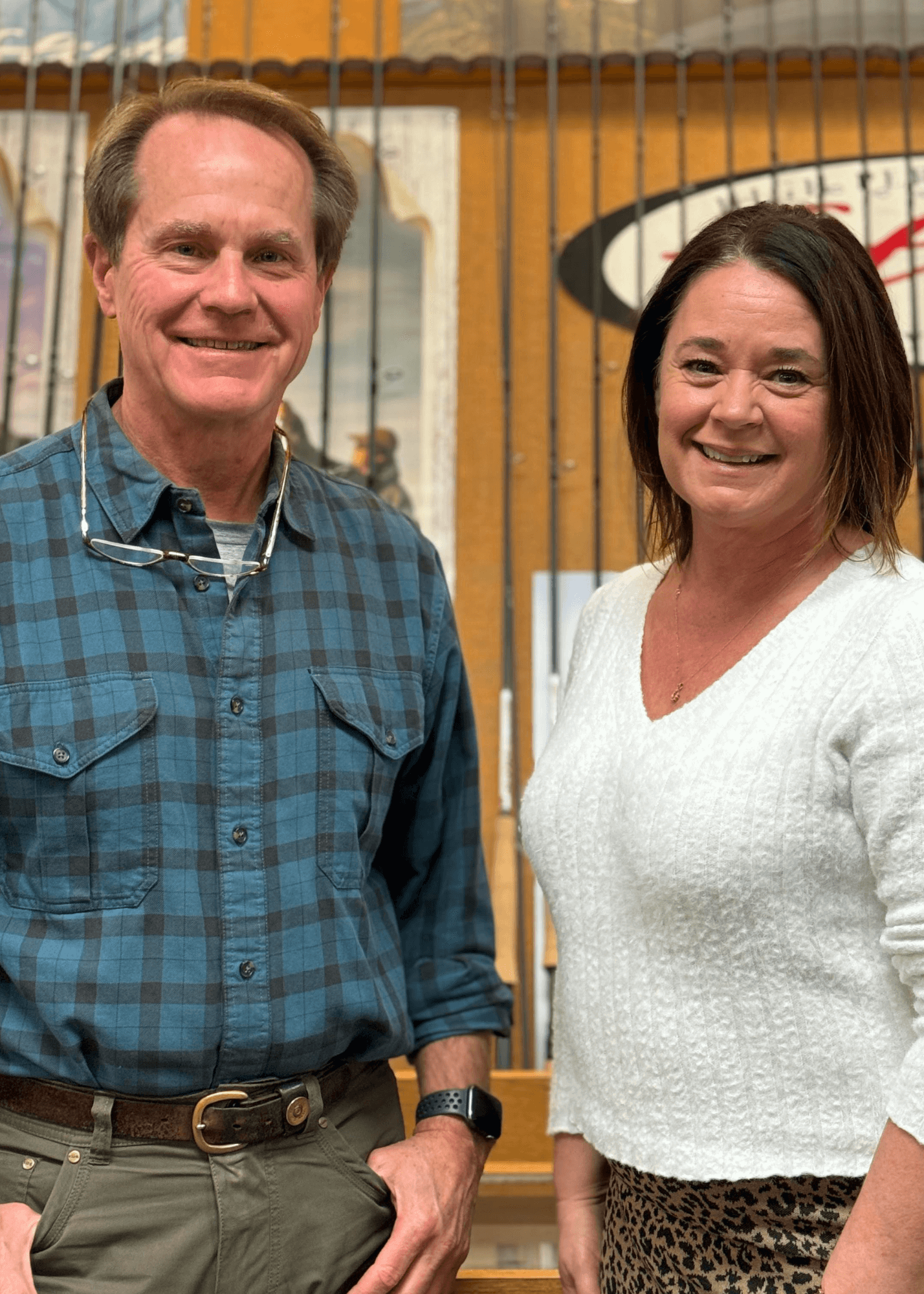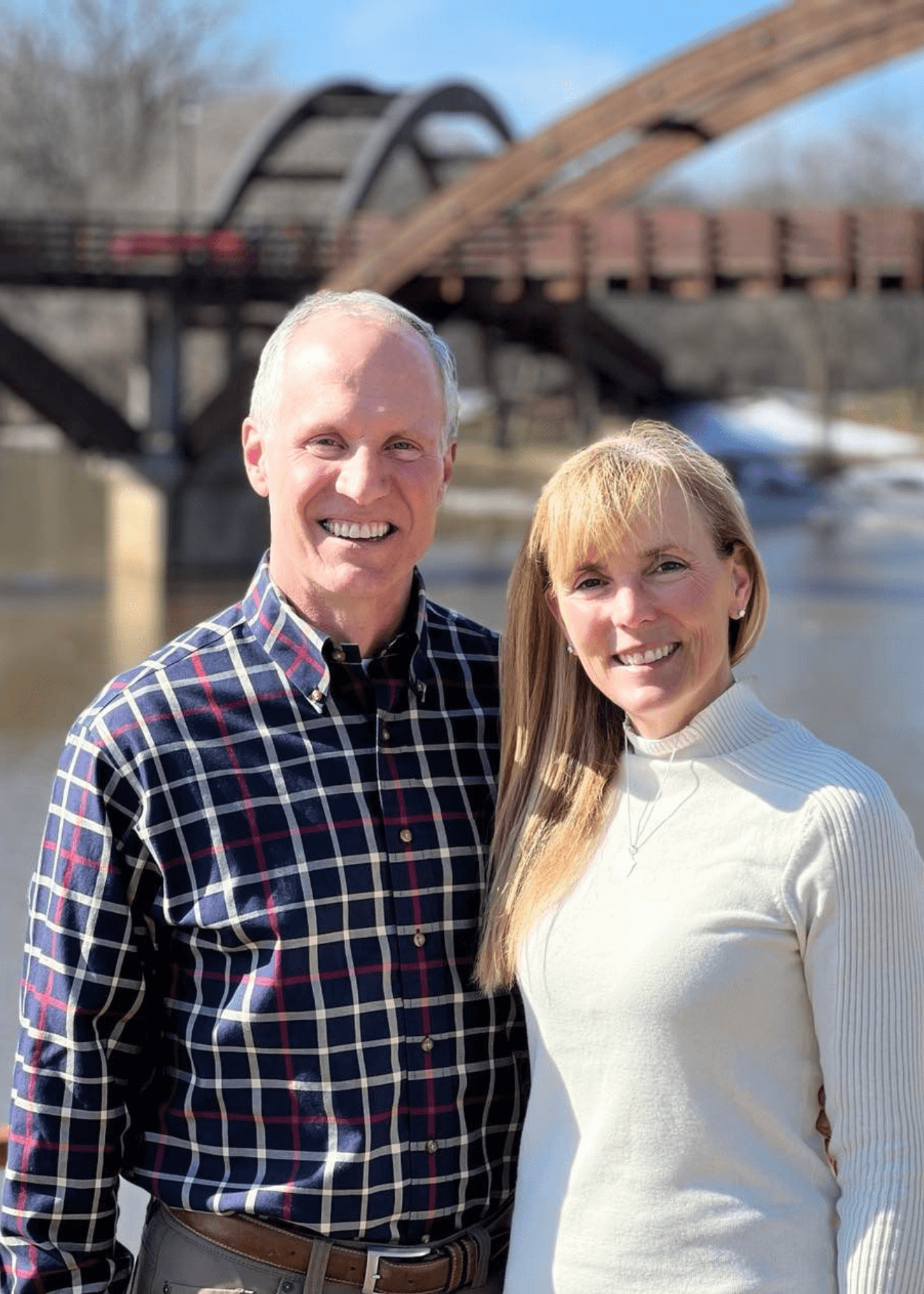Prologue: The Midland Area Community Foundation believes the best things happen when we work collaboratively with others to bring about change. In 2017 Bob Mass had an idea to enrich Midland County by adding a to-scale solar system along the Pere Marquette Rail Trail. Through the Midland Area Community Foundation, Bob connected with long-time Community Foundation donor Jim Malek and Midland County Parks and Recreation’s John Schmude. The Foundation was one of the proud funders of this project. Together with numerous other community partners, the incredible transformation of 5.6 miles of the Pere Marquette Rail Trail near Coleman became a reality.
Bob Mass – In His Own Words
“In June of 1980, I took my young children, Kathy, Phil, and Andy, north of town to see the collection of planets low in the western sky just as the Sun’s rays were fading. All of the planets you can see with your naked eye—Mercury, Venus, Mars, Jupiter, and Saturn—were arranged in a short arc, an alignment that was a once-in-a-lifetime event.
Then, in July of 2015, my son, Phil, told me about an outdoor model solar system in Eugene, Oregon, and that’s when we thought, ‘Maybe we could do something like that in Midland?’ Previously, I had bought a plot of land in Minnesota and got to know a little about surveying. Surveying runs into astronomy pretty well—figuring out distances and things—so I had dabbled in astronomy a bit, but just with a little bitty telescope that was fun with the grandkids.
Using the knowledge I had from surveying, we figured out that if we used the Pere Marquette Rail Trail, we could arrange the model in a straight line, similar to what we saw in 1980, and build it to scale so people could get an idea about the size of and distance between the planets. We envisioned families experiencing the Sun and its planets up close, being space travelers going from planet to planet. It could generate curiosity in astronomy, science, and math in both kids and adults. It would be enjoyable seeing scale models of the planets instead of just looking at them in books, and it could become a destination for walkers and cyclists, increasing use of the trail.
So, we designed our own Solar system sculptures inspired by models around the world, especially the one in Eugene. It took months of research, calculation, computer-aided design, supplier contact, field trips, mock-up fabrications, presentations, meetings, and many private conversations. Many organizations were involved, including the Midland Area Community Foundation, and individuals that helped me with the design were Henry Hellman, John Schmude, Jim Malek, Al Kloha, and Mike McDonald.
Our project is built at a 600 million-to-one scale, making it the second-largest solar system model in the world—the largest being in York, England.
The sculpture for the Sun is so big we had Gladwin Tank Manufacturing weld together a 1000-pound sphere of steel 12 feet tall and painted bright yellow. To give you an idea of scale, the biggest planet in our solar system, Jupiter, is a 10-inch sphere. We purchased the stainless steel spheres for the gaseous planets and used a water-jet to cut the rings from plates for Saturn and Uranus. The small, rocky planets and the moon were machined from half-inch and one-inch rods of solid stainless steel.
The distance between the planets are true-to-scale, and each planet has a label with a QR code that takes people to a NASA website for more information.
Copernicus published his book, ‘De Revolutionibus Orbium Coelestium’ (On the Revolutions of the Heavenly Spheres), in May of 1543. In that book, he shared what we know as the Copernican Model of the Solar System: instead of Earth being the center of the universe, he said that the Sun was the center of the solar system.
He passed away the same month, shortly after the book was published, so it was only fitting that the Opening Ceremony for the sculpture project be held on May 20th, 2017.”
—Bob Mass, pictured with a model that stands in the front yard of his home





